-
News & Trends -
Sales -
Marketing Related Topics -
B2B Software Guides Related Topics -
Free Tools & Resources -
- About Us About Us


Lead distribution, or lead routing, is the process of capturing, screening, and matching inbound marketing leads to a specific salesperson based on preset routing rules. There are automatic (push) and manual (pull) lead distribution systems, each of which involves a step-by-step process to set up and run. Both systems often use software to function, allowing businesses to be even more efficient with distributing leads.
This article’s sponsor is Salesforce, a top sales CRM known for its lead management features, including customizable lead distribution. We’ve added example screenshots of its lead distribution setup process to demonstrate how to generally establish your routing rules and get your new leads to the right reps automatically. Head to their site to sign up for a free 30-day trial.
During lead generation, businesses typically capture inbound leads from various marketing channels such as social media platforms and their own website. The companies then use a lead distribution process to assign leads to a relevant salesperson for a follow-up. This is usually done with lead routing software, which analyzes leads based on available data and then pairs them with salespeople according to preset routing rules like availability, specialty, or seniority.
Sales teams use one of three main distribution strategies to pair leads with sales reps:
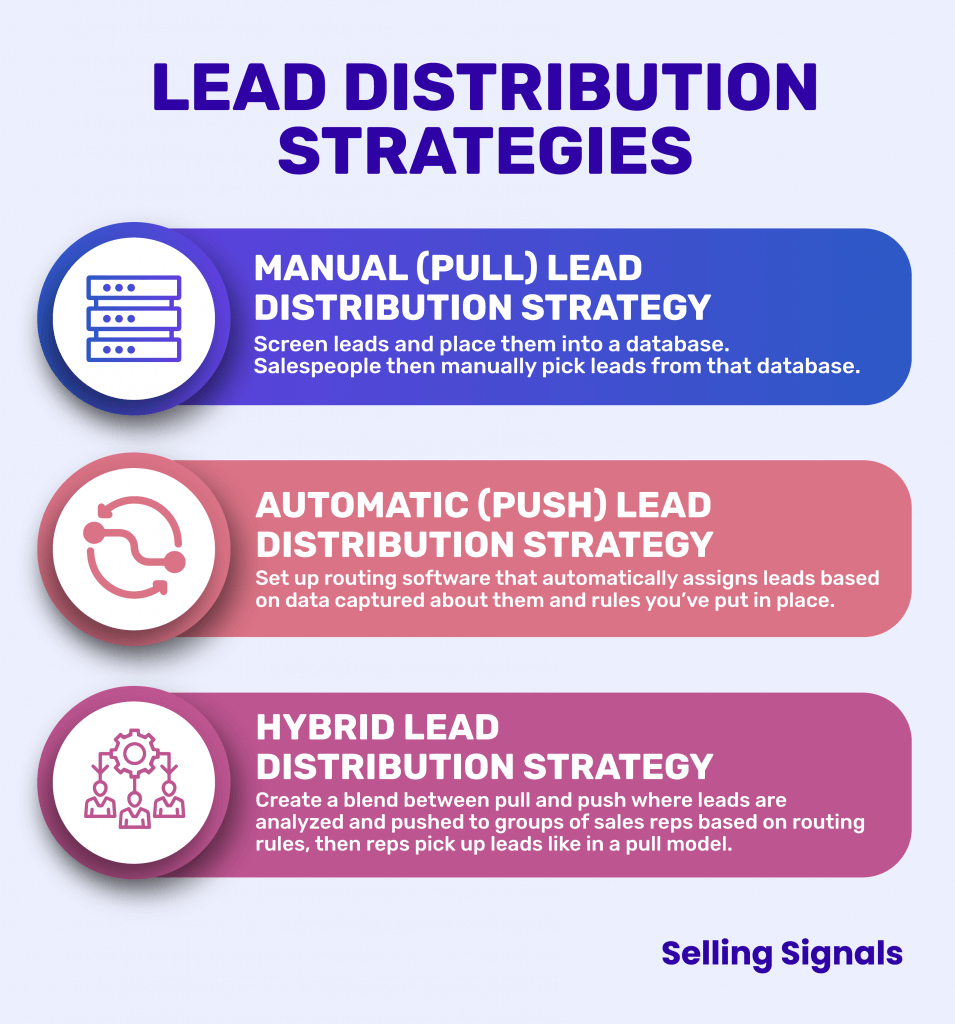

Whether they’re using a pull, push, or hybrid strategy, sales managers typically attempt to set up rules that match their leads with the rep best equipped to close the deal, as well as software that will help properly match them by screening leads and enforcing their routing rules. If they've chosen to score the leads prior to distributing them, the learned information about the lead may also affect which rep receives them for further qualification and nurturing.
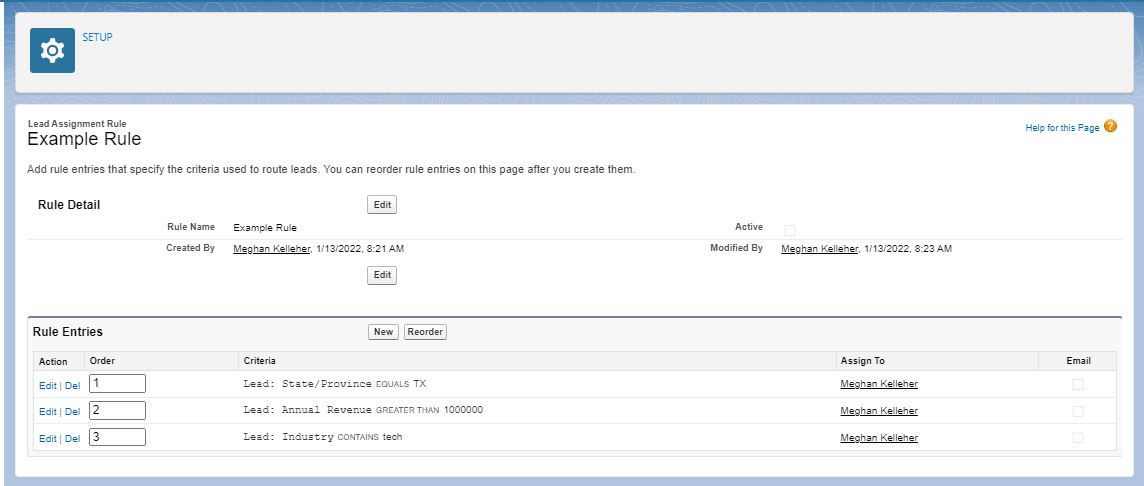
The businesses that receive the greatest value-add from implementing a lead distribution strategy are those with larger sales teams and diversified product offerings or lead characteristics. Besides enhancing customer experience, a routing strategy and associated rules cut your lead response time and prevent leads from falling through the cracks.
Lead distribution strategies represent the different ways you can match inbound leads to sales reps. The strategies include manual distribution, in which reps pick up leads from a database; automatic distribution, in which a lead distribution software sends leads to reps; and the hybrid method, which blends the two. Each strategy comes with different options for routing rules that decide which rep gets which leads.
Below, we cover all three and tell you about the various routing rules you can set up for each strategy, including their ideal use cases.
Manual lead distribution gives your sales reps responsibility for choosing leads from a collective database. The software involved usually screens inbound leads, discards unqualified ones, and organizes qualified ones and places them into an online pool where reps can pick them up. When selecting, reps must take into account their own availability, expertise, and job function.
Below are two routing rules you can set up to make the manual distribution (pull) process more efficient. Both rules follow a first-come-first-serve basis: The first rep to snag the lead from the collective pool, which multiple reps have access to, wins the lead.
Who Should Use It: Businesses that want to give their reps full responsibility to choose the leads that they believe they can close.
In the lead pool, your reps can see key information about the lead, like their industry, title, or company type. This allows reps to choose leads who they’re best able to help. For example, a sales rep who’s fantastic at converting leads from property management companies will pick up any lead from that company type to nurture. The drawback of this routing rule is that the less promising leads might be neglected.
Who Should Use It: Organizations that want to give their reps some power to choose their leads but also avoid letting less desirable leads go cold.
With this rule, sales reps see no information about the lead, save maybe their name. Only when they select the lead is the information revealed. This ensures that all leads are treated equally in your pool, and no opportunities are missed because the rep judged the book by its cover. On the downside, this approach can result in lead/rep pairings that aren’t the best fit.
Automatic lead distribution is when software actually pushes leads to sales reps based on the rules you set up. The software screens, classifies, and assigns them based on criteria like the lead’s location or rep’s expertise. For instance, you might want all leads from companies with over 1,000 employees to go to your most experienced sales rep. An automatic distribution system will do this for you every time you capture a lead with this criterion.
This strategy is much more efficient and effective than a pull method because the reps don’t have to do anything, and neither do you once you’ve set it up. Leads are served to reps automatically. Plus, this system can be set up to increase the chances that leads are matched with the rep best equipped to help them. Let’s go over the different “push” routing rules that automatically decide who receives a lead.
Who Should Use It: Those who want to create equal opportunity amongst their team and ensure leads are placed with available reps.
This routing rule uses an algorithm that assigns leads to reps who are currently available — aka not on a call or out of office. The algorithm is usually pretty simple. The new lead is assigned to the person next in line. If that person is unavailable, it goes to the next person. Whether the person is skipped for good or regains their spot at the front of the line depends on the software you choose.
This rule is best if you have homogeneous sales reps (perhaps a business development rep team for a one-product company), since it’s not as effective as the rules below at ensuring a good lead/rep fit.
Who Should Use It: Companies that prioritize closing the deal over all else — especially organizations that want to incentivize their reps to increase their conversion rates.
With this rule, top sales performers are prioritized and receive more of the inbound leads — and also more of the promising leads — than their counterparts. Top performance could be measured by their close rates if they’re an account executive. Or, if business development reps handle your inbound leads, it could be judged on their conversion to opportunity rates. Managers use this method because they predict that top performers will be most likely to convert the lead.
But, a potential downside to this rule is overwhelming your top performers with too many leads; most reps should only handle max 15 new leads per day. It also might create the perception of an unfair working environment amongst your team.
Who Should Use It: Multilocation businesses that need to get new leads connected with the rep that covers their area.
If your sales reps have different territories, this routing rule ensures that they receive leads from locations within their territories. The software you use will screen the leads and categorize them by location before sending them to the rep who covers that part of the world.
Who Should Use It: Those wanting to increase the chance of a great interaction by focusing on the lead’s demographic makeup and assigning them to a rep with matching qualities.
With this rule, you can pair leads with reps on your team who are most competent in dealing with their specific situation. Here are some characteristics to take into account when creating your lead routing rules:
Within your lead distribution software, you’ll be able to set up these rules. We’ll go over software details and options later in the article.
A hybrid lead distribution strategy pushes leads to a small pool of sales reps based on the rules you have in place. The few reps with access to that pool will then be responsible for pulling out the ones they want to contact. It’s a push and a pull method combined.
This strategy is used by managers who want to limit the supply of leads and therefore promote competition in an effort to improve response time. Their reasoning for using this method is that if all leads are delivered to reps, the rep has no urgency to reach out ASAP to secure a lead. It’s already in their clutches, and no one else can snag it from them. The most well-known routing rule for this strategy is called the shotgun rule, which we’ll discuss next.
Who Should Use It: Larger, more specialized sales squads that are broken into multiple teams by expertise or product knowledge and want to give the right reps access to the right leads.
In a shotgun system, you might have two or more separate teams (e.g., a corporate team and an enterprise team), with an associated lead pool for each. Each team will only have access to their specific pool. This means leads will be matched with reps who are well-suited to assist them, which should speed up your sales cycle.
There aren’t many software platforms that facilitate the hybrid strategy, so it’s rarely used. Therefore, the rest of this article will focus solely on how to implement the manual (pull) and automatic (push) strategies plus top tools and benefits.
Whether you’re creating a manual or automatic lead distribution system, you’ll generally follow the same four-step process: figure out how to collect leads, choose your screening method, select your distribution strategy and rules, and implement the right distribution software. However, it’s important to note that how you create your specific lead distribution system depends on many factors, including the software you use.
Lead distribution begins with figuring out how to capture your inbound leads and their information. You must collect details like their job title, name, company type, phone number, email address, and any other information that will help you categorize them and distribute them to the right rep.
For example, if you use a push strategy with a lead location routing rule that sends leads to reps based on their location, you want to capture their city or full address in your form. If you are using a pull strategy with a cherry-pick routing rule where reps can see the lead’s company type and consider their core area of expertise, you want to capture the lead’s company type.
If you don’t already have a capture system, here are some ways to collect lead information:
Whenever a new lead is generated and their information is collected, the lead should be placed into your CRM, either automatically through your lead capture software or manually through data entry. Lead capture software will be part of your CRM or a standalone product, such as a form that can integrate with your CRM. We wrote an article on lead capture software that talks about CRMs plus standalone products and helps you choose which is best for you.
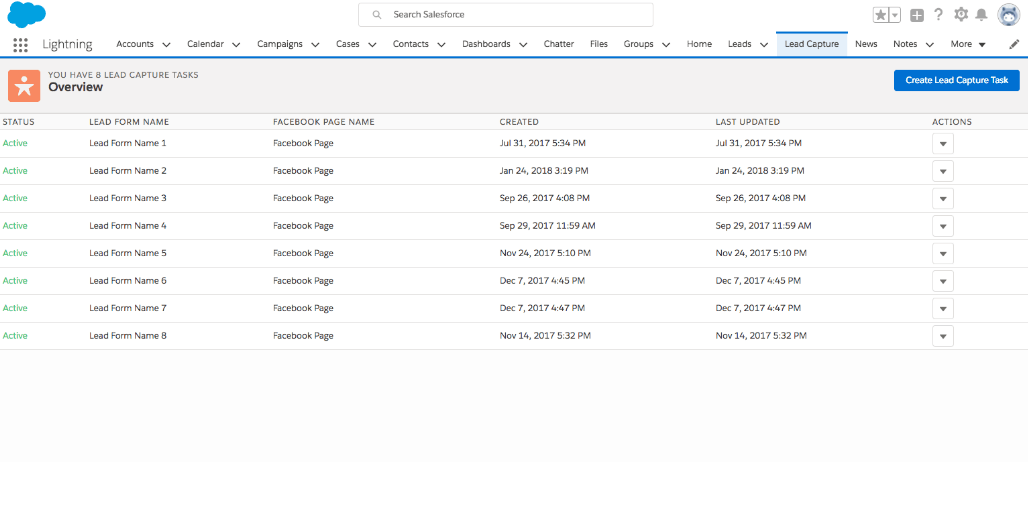
Screen and qualify captured inbound leads to figure out if they’re qualified enough to speak with a sales rep. The marketing team can do this in one of three ways:
Qualifying inbound leads to marketing qualified lead (MQL) status is essential. You don’t want to overwhelm your reps with leads who are unlikely to ever buy your solution. If you lack knowledge in this area of lead generation, check out our ultimate guide on lead qualification.
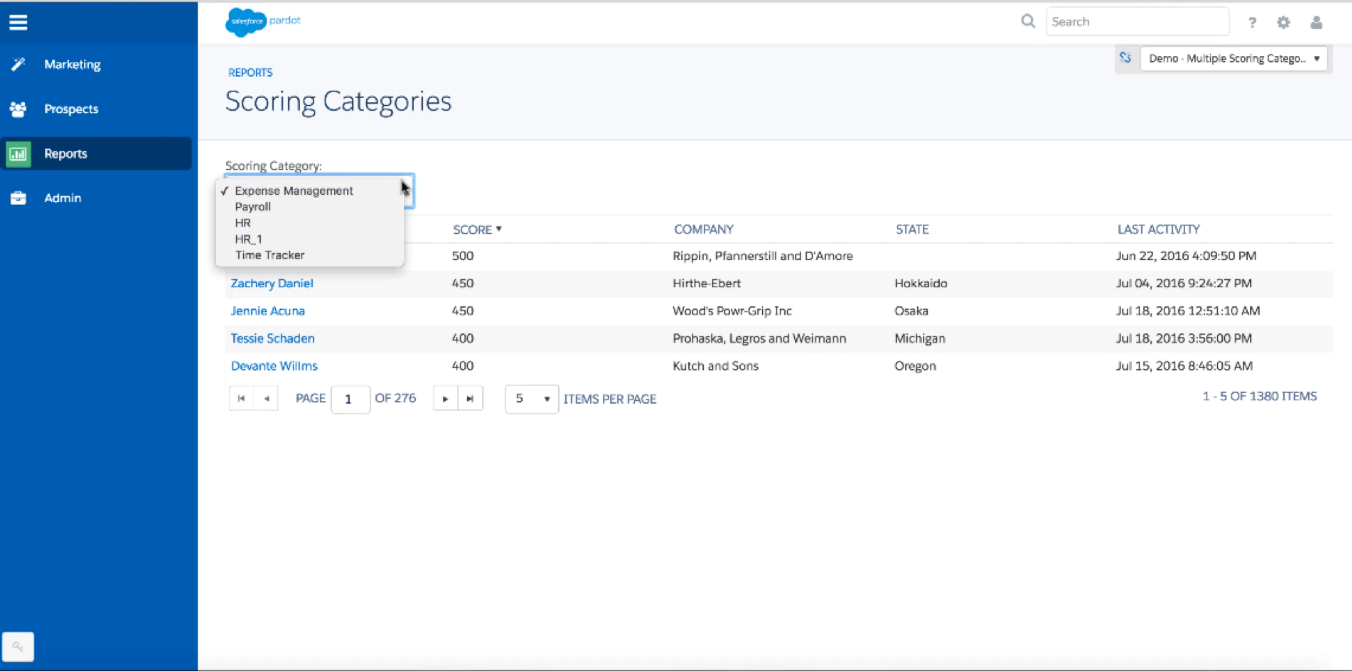
Once you’ve filtered for high-quality leads, it’s time to decide who gets them.
Now it’s time to select the type of lead distribution strategy you want to use, as well as the rules you’ll use to match leads with reps. We recommend going with an automatic (push) strategy because once established, you can simply set it and forget it and enjoy the comfort of knowing that all leads are being sent to the right rep.
Here are the steps to create your manual or automatic distribution strategy:
Here's what it looks like to set up routing rules in Salesforce:
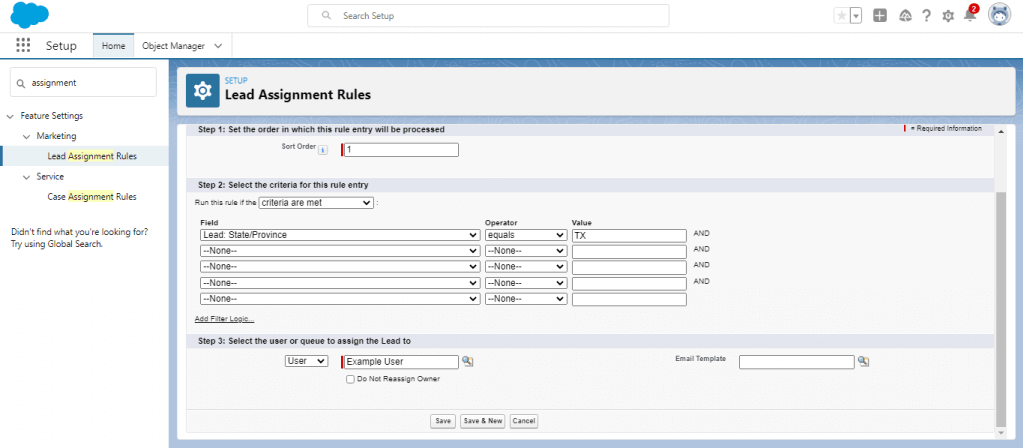
Since lead distribution relies so heavily on software, let’s go over how to choose the right software for your business.
Lead distribution software usually comes as a feature within your CRM; however, there are some standalone products that can be integrated into most CRMs. The software typically qualifies, screens, and assigns or organizes leads as they’re captured. Some software will also offer front-end lead capture forms. We can separate lead distribution software into two groups based on the strategy they help you execute: manual and automatic.
You can have a contact management database that stores and organizes your leads and enables you to set up permissions so that only certain reps have access to specific lead pools. So, if you use territories to segment rep responsibilities, you could only let West Coast territory reps access leads who are from those various states or zip codes. In our contact management software buyer's guide, we evaluated these top solutions and their use cases.
This software will assign leads to a rep’s dashboard based on the rules you’ve set up in the software. It’s more comprehensive than manual lead distribution software.
A quality all-inclusive automatic lead distribution software will do the following:
Lead distribution software can save your sales team a ton of time and give your inbound leads the best customer experience possible, which can help you beat your revenue goals. Without software, you or your marketing team might spend a lot of time screening leads through online research and deciding which rep should get the lead, and even then, still end up assigning the lead to the wrong sales rep for nurturing.
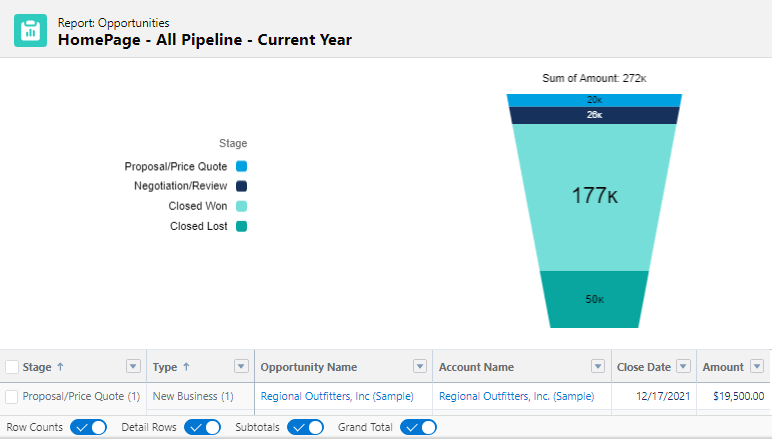
If you choose to automate your lead distribution process rather than routing your leads manually, there are several tools that can help you do so. Oftentimes, your CRM will have lead distribution capabilities that you can access with your current plan or through an upgrade to a higher tier. The top lead distribution software solutions provide a simple way to set up your rules and criteria so you can accurately route leads to the right reps. Below are a few of the best options available.
Salesforce offers many lead organization and distribution features within their Sales Cloud CRM platform. Its lead routing features are great for brands that need powerful customization options. When you create an assignment rule, you can choose the rule criteria, the owner of the lead based on that criteria, the email template to send to the owner, and more. You can also combine rules and prioritize them to get the right lead to the right rep.
If you already use a CRM, consider checking whether it offers lead distribution capabilities. If you don't have a CRM yet, look for one that includes lead distribution plus the other essential sales functions you and your team need.
To learn more about our evaluation and choose the right software for you, read our lead distribution software buyer's guide, where we discuss the best solutions and their use cases.
Besides limiting the number of skirmishes for leads amongst fellow team members, setting up a lead distribution system offers many other benefits to sales managers, their reps, and the company as a whole. Some of these benefits include:
It’s recommended that you reach out to inbound leads within five minutes, or else they might lose interest. With lead distribution in place, your reps get alerts or lead assignments in real time, so they can get to work ASAP.
Leads are typically matched with the rep best fit for closing them. Therefore, the initial conversation should be more successful.
Sometimes reps just forget about a lead, and they fall through the cracks. In lead distribution, all leads are assigned; if they’re not, they’re at least kept in one central online location where reps can find them (such as in a manual strategy).
Customers are paired with the rep who’s best equipped to help them, so the buyer will have a more pleasant experience. Plus, the customer won’t be passed around from rep to rep until they find the right match.
This is especially true in a push strategy. Distribution software analyzes the lead for your team. Then, based on the lead’s profile (e.g., demographics, needs) and your rules, it sends them to the right rep.
As a manager, you want your sales team spending their time talking with leads, not scrolling around a CRM or the web trying to figure out if a new inbound lead is worth talking to or passing to another team member. Lead distribution helps your team focus on taking high-value action — that is, talking to the lead and qualifying them.
Lead distribution is the ongoing process of capturing, qualifying, and routing leads to the right sales rep on your team. Implementing a distribution strategy helps you reach out to leads more quickly, give them the best experience possible, and, ultimately close more deals. Once you’re confident in your lead distribution process, read our article on lead nurturing to learn the top strategies and stages to get your leads closer to making a purchase.


Sam is a former SaaS sales rep turned freelance writer. He spent his career selling real estate technology to C-suite executives before switching over to blogging, where he now covers sales, marketing, and small business topics. Sam specializes in lead generation, lead nurturing, and deal closing articles for Selling Signals. When he’s not researching the latest sales trends, he’s either penning short stories, hiking, or reading in NYC’s Washington Square Park.

Selling Signals delivers actionable advice for sales and marketing professionals. Learn strategies that help you hit targets, strengthen customer relationships, and win more business. Get expert advice on lead generation, sales processes, CRM software, sales management, and account management directly to your inbox.
Property of TechnologyAdvice. © 2025 TechnologyAdvice. All Rights Reserved
Advertiser Disclosure: Some of the products that appear on this site are from companies from which TechnologyAdvice receives compensation. This compensation may impact how and where products appear on this site including, for example, the order in which they appear. TechnologyAdvice does not include all companies or all types of products available in the marketplace.